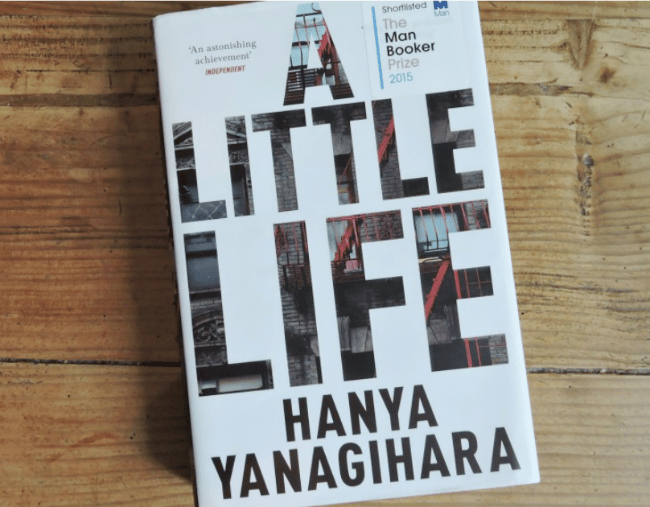
There’s a certain look people give you when you tell them you’re reading Hanya Yanagihara’s A Little Life.
They wince, as though they’re in pain. Their eyes say, “I’m so sorry,” while they shake their head, sometimes accompanied by an audible groan.
It’s because they know you’re about to confront parts of human experience we spend our whole lives attempting to avoid. They know you will find yourself crying in bed, contemplating the meaning of life in the shower, and – at times – putting the book down because you have no other choice.
They know nothing they can say will help, and most of all, they know that what you’re about to read won’t ever leave you.
The 2015 novel, which spans over 720 pages, has been described as both “tragedy porn” and “the great gay novel of our time,” but both interpretations feel far too reductive.
Written over 18 months, Yanagihara follows the lives of four men; Jude, Willem, JB And Malcolm. We meet them at college, in their early twenties, and follow them into their thirties, forties, and late fifties. It is Jude, however, who we become closest to.
We know something has happened to him – something very bad – but we do not know what. Our imagination travels to dark places, entertaining a myriad of possibilities. As time goes on, we begin to discover what has happened to Jude, and the greatest revelation is that it is not one thing, but many.
It’s a world we rarely see in novels. We see ambition and despair coexist, with Jude living in both the past and the present. Time is not linear, it is messy and convoluted, with Jude’s past perpetually haunting him.




























































































